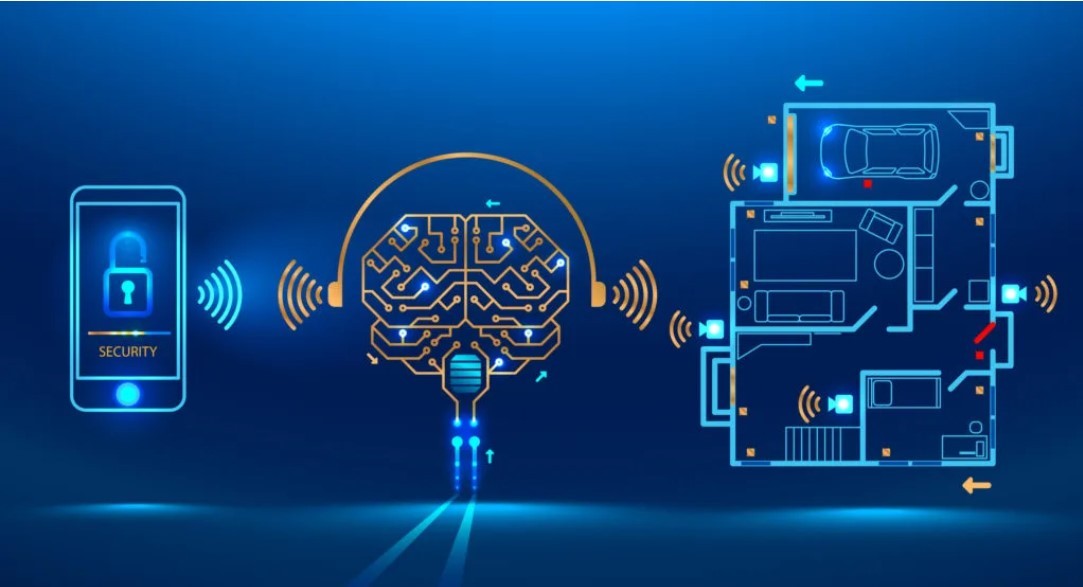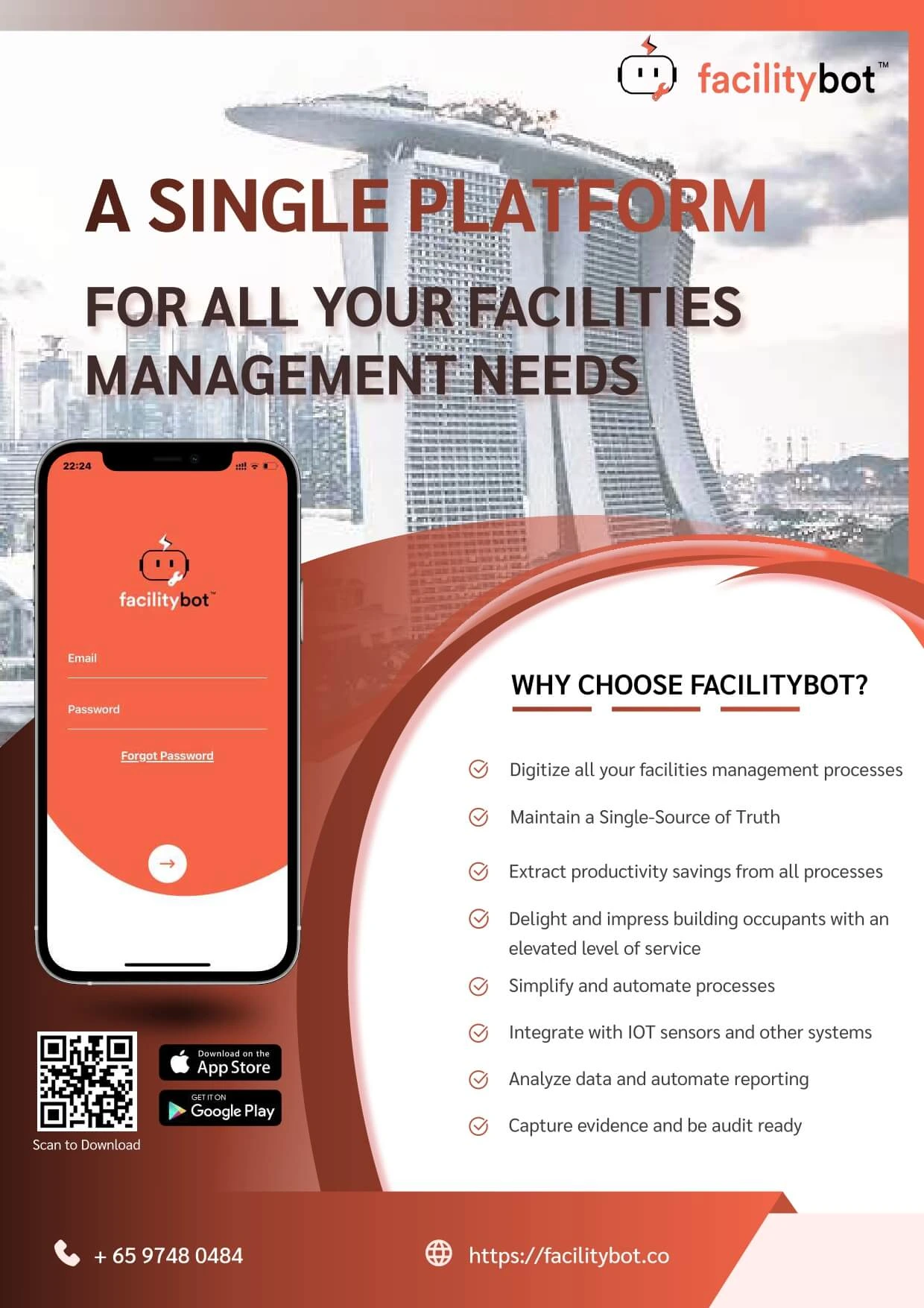Reporting is a key role of all Facilities Managers. Day-to-day activities need to be aggregated and presented to management to assess the overall condition of the building. For outsourced facilities management, contractual terms could also depend on these reports, including payment for completion of checklists, or liquidated damages for non-attendance or slow rectification times.
As building owners move towards outcome-based contracting, where a greater percentage of the contract value depends on outcome metrics, these reports become even more crucial.
Start with a Deploying Software
Deploying a suitable Computerised Maintenance Management System (CMMS) is the starting point for automatic report generation. It goes without saying that automatically producing tables and charts requires digital data.
But not all CMMS are created equal. Look for CMMS software that has in-depth data analytics capabilities, ideally configurable for your specific data reporting needs.
Rich Data Requires Relationships
To extract the maintenance history of an asset, all fault reports concerning that asset and all preventive maintenance checklists performed on that asset need to be linked to the Asset ID. To extract the maintenance history of all assets in a location, each asset needs to be linked to the location metadata.
To answer questions such as “What asset incurred the greatest maintenance expenditure last year?”, not only must expenditure data be captured, it needs to be linked with the asset.
Implicit in all the above examples are the relationships that have to be made between different data tables. Of course, such relationships can reasonably only be done using software. But not all CMMS software allow such relationships to be made.
The Best CMMS Systems Make Data Linking Easy
Facility Managers on the ground will immediately realise that ensuring that the CMMS system captures reliable data relationships is by no means a trivial undertaking and requires some operational processes to be adhered to.
For example, to produce a comprehensive maintenance history of an asset, each time a fault is reported on the asset, somebody needs to tell the CMMS system that that particular fault report is related to the asset. To make this process easier, better CMMS systems will allow unique asset QR codes to be produced, so that users can scan the QR code to link the asset, improving the user experience and minimizing errors.
The best CMMS systems will go further to make it as easy as possible to capture data linkages, using principles such as capturing data linkages at source to reduce subsequent data entry.
For example, ideally, the fault reporter should immediately enter the location metadata, without the facility manager having to intervene. Yet, not all fault reporters know the correct location metadata term that should be used. One way is to present the fault reporter with nested dropdown data fields, but that would be too tedious. Better to allow autocomplete fields, or free text fields and let the system perform auto-location tagging thereafter.
The Best CMMS Systems Pay Attention To Data Integrity
By using CMMS systems, reports are less easily manipulated compared to manually compiled reports. Timestamps can be captured and user login details recorded to establish “who did what when”.
However, there are other areas related to data integrity which CMMS system developers need to pay attention to. For example, what edit and deletion rights should be provided at each access level? Should the admin have ultimate rights to delete any data?
Another example relates to response times. For a CMMS system that relies on voice calls by fault reporters, there could be a lag between when the time the call is received to when the ticket is created in the CMMS system. Much better allow a digital channel for fault reporters to create the ticket directly and for the clock to start at that point. Since fault reporters prefer to message, we created FacilityBot to support fault reporting through messaging platforms.
Photo and Video Evidence
Photo and video evidence are increasingly expected as part of maintenance reports. Photos can not only show the condition of equipment, they can be used as evidence of job completion. Fault reporters often also appreciate the job completion photos to close the loop with respect to their report.
Look for CMMS systems that support the capturing of photo and video evidence.
Standardising Data Over Multiple Locations
For property or facility managers who operate over multiple locations, there is often a desire to compare data across these locations. To do so, the data structure for data captured at each location needs to be the same. Otherwise, data field matching compromises may need to be made and translation artefacts could arise.
The easiest approach to standardise data over multiple locations is of course, to deploy the same CMMS system for all locations. Look out for CMMS systems that support multiple locations.
Visualizing Data
Having captured rich, interlinked data with appropriate photo evidence, the next consideration is how such data can be presented to management. Depending on prevailing priorities, different charts would be desired. There are different methods that the CMMS system can support data visualization. Ideally, to ensure your specific requirements can be met, look out for CMMS systems that support these methods of data visualization:
- Popular charts and tables should be found within the system which appropriate filters and click-through capability to view underlying data
- Response time thresholds can be set and performance achievement automatically generated versus these thresholds
- Integration to a data analytics software such as Tableau or Metabase that allow custom charts to be made and automatically generated and dashboards to be configured from these charts
- CSV export capability for each data table that allows further data processing in excel or for data retention and backup
Reporting should be Easy
Facilities managers who today spend much of their time on reporting tasks may not believe that reporting can be easy. But theoretically, if the CMMS can assist in capturing rich data, that data is already available on the servers. It is simply a matter of automatically generating suitable charts for management.
Modern CMMS systems such as FacilityBot can be easily deployed and can very quickly help by drastically reducing reporting workloads. Reporting is an area where quick-wins can be readily achieved.




